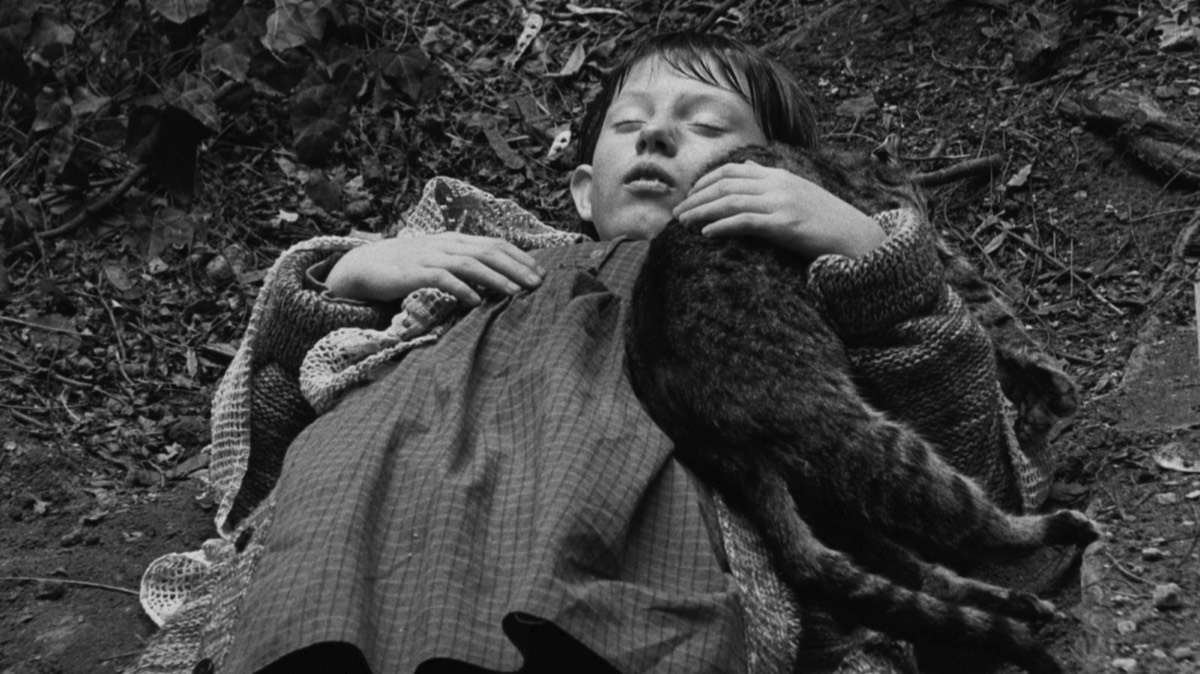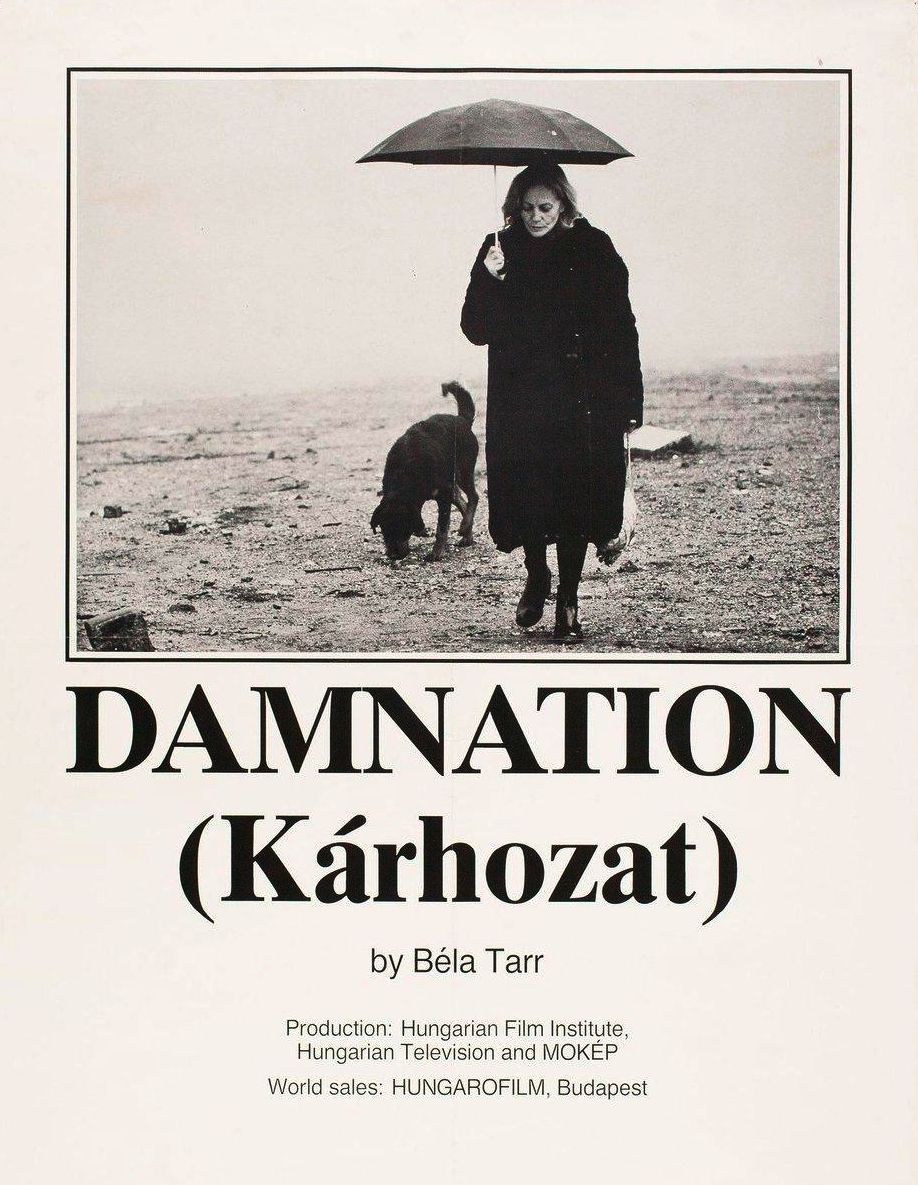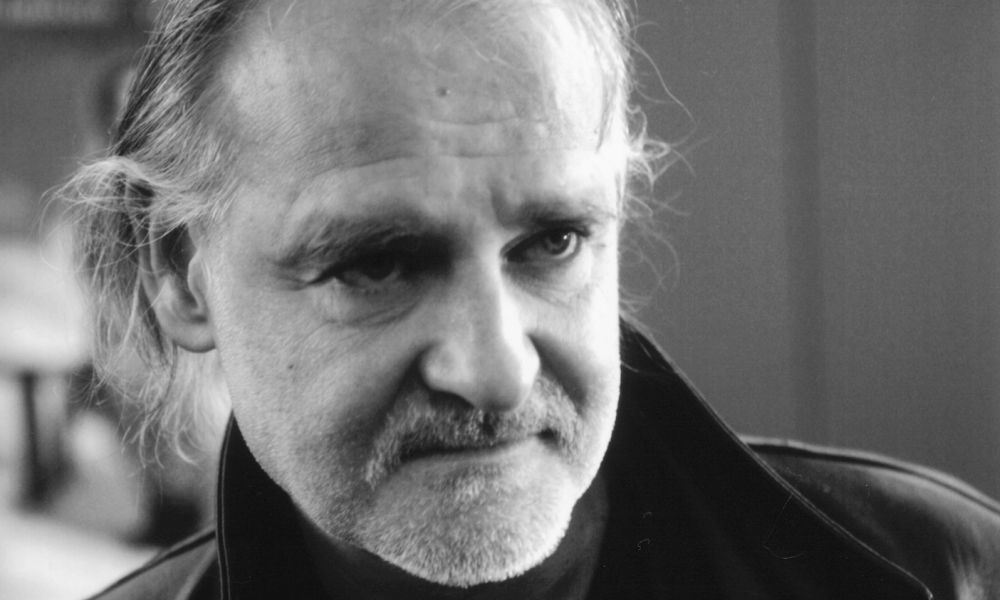"Glacial, existential and sombre, Béla Tarr's work has drawn comparisons with other masters of the still life: Andrei Tarkovsky, Jim Jarmusch and Aki Kaurismäki. This former student of the Hungarian Academy of Theatre and Film started out in social-realist mode, and his films - inert and punishingly slow - have only recently gained a reputation for stark abstraction." - Lloyd Hughes (The Rough Guide to Film, 2007)
Béla Tarr
Director / Screenwriter
(1955-2026) Born July 21, Pécs, Hungary
Top 250 Directors / 21st Century's Top 100 Directors
(1955-2026) Born July 21, Pécs, Hungary
Top 250 Directors / 21st Century's Top 100 Directors
Key Production Countries: Hungary, Germany, Switzerland, France
Key Genres: Drama, Psychological Drama, Avant-garde/Experimental, Slice of Life, Ensemble Film, Horror
Key Collaborators: Ágnes Hranitzky (Editor), Mihály Vig (Composer), László Krasznahorkai (Screenwriter), Janos Derzsi (Leading Character Actor), Joachim von Vietinghoff (Producer), Gábor Medvigy (Cinematographer), Ferenc Pap (Cinematographer), Erika Bok (Leading Character Actress), Eva Almassy Albert (Character Actress), Mihaly Kormos (Character Actor), Laszlo feLugossy (Character Actor), Paul Saadoun (Producer)
Key Genres: Drama, Psychological Drama, Avant-garde/Experimental, Slice of Life, Ensemble Film, Horror
Key Collaborators: Ágnes Hranitzky (Editor), Mihály Vig (Composer), László Krasznahorkai (Screenwriter), Janos Derzsi (Leading Character Actor), Joachim von Vietinghoff (Producer), Gábor Medvigy (Cinematographer), Ferenc Pap (Cinematographer), Erika Bok (Leading Character Actress), Eva Almassy Albert (Character Actress), Mihaly Kormos (Character Actor), Laszlo feLugossy (Character Actor), Paul Saadoun (Producer)
"Hungarian maker of darkly comic dramas; claustrophobic mise-en-scène; long takes; often films in black and white; themes of maintaining human dignity." - Jay McRoy (501 Movie Directors, 2007)
"Indebted to Tarkovsky and his countryman Miklós Jancsó, Tarr began as a maker of piercing, social-realist dramas focused on the desperate lives of the proletariat class, before achieving auteur superstardom in the 1990s for a series of black-and-white, Communist-era allegories made in close partnership with novelist László Krasznahorkai (Damnation, Satantango, Werckmeister Harmonies). Each of the later films is marked by Tarr’s celebrated use of long, elaborately choreographed tracking shots in which camera and actors seem locked in a hypnotic dance—ravishing cinema that demands to be seen on the largest possible screens." - Film Society Lincoln Center, 2011

Sátántangó (1994)
"The films of the Hungarian auteur Bela Tarr often feature scenes in which characters struggle doggedly across vast windswept plains. Some might say that to watch a Bela Tarr film is to struggle across a windswept plain. Even if you're accustomed to cinematic austerity, Tarr's glacier pacing can test the concentration – especially when, as in the case of his labyrinthine, multi-layered, mesmerically strange Satantango, a film lasts for over seven hours." - Jonathan Romney (The Independent, 2012)
"Béla Tarr is the ultimate auteurist’s auteur, an artist who ascended from a cult director little known outside of his native Hungary to one of the most revered figures in world cinema today, all the while stoking an enflamed cinephilia among his growing legion of passionate followers. His 1988 film Damnation offered the first full expression of the unique style defined by Tarr across the four extraordinary features he directed since then, all sharing brooding black and white cinematography, elaborately choreographed extended tracking shots, a hypnotic rhythm and enigmatic stories imbued with a sense of impending doom." - Harvard Film Archive, 2012
"Tarr has placed many a stumbling block in the way of immediate worldwide fame. Making films in black and white doesn’t help. Neither do the characteristic, painstaking sequence shots and long takes – often 11 minutes or more – he favours. Ditto his avoidance of direct political allegory, and his Bressonian preference for what he calls ‘presence’ in his actors. Worse is his fascination with the suspension of normal approaches to time – the seven-hour ‘Sátántangó’ can place inordinate demands on the hardiest of viewers’ buttocks." - Wally Hammond, Time Out
"I don't care about stories. I never did. Every story is the same. We have no new stories. We're just repeating the same ones. I really don't think, when you do a movie that you have to think about the story. The film isn't the story. It's mostly picture, sound, a lot of emotions. The stories are just covering something. With "Damnation," for example, if you're a Hollywood studio professional, you could tell this story in 20 minutes. It's simple. Why did I take so long? Because I didn't want to show you the story. I wanted to show this man's life." - Béla Tarr (indieWIRE Interview, 2012)
"I don’t like this term “social realism.” If you create a movie, you create a fiction. It’s something that looks real, but of course it’s not real because it’s created. For me, they are not political movies. The real art is to show real human conditions and relations, and that’s all I try to do." - Béla Tarr (Film Comment Interview, 2012)
Selected Filmography
{{row.titlelong}}
GF Greatest Films ranking (★ Top 1000 ● Top 2500)
21C 21st Century ranking (☆ Top 1000)
T TSPDT R Jonathan Rosenbaum
21C 21st Century ranking (☆ Top 1000)
T TSPDT R Jonathan Rosenbaum
Béla Tarr / Favourite Films
Alexander Nevsky (1938) Sergei Eisenstein, Au hasard Balthazar (1966) Robert Bresson, Berlin Alexanderplatz (1980) Rainer Werner Fassbinder, Frenzy (1972) Alfred Hitchcock, M (1931) Fritz Lang, The Man with a Movie Camera (1929) Dziga Vertov, The Passion of Joan of Arc (1928) Carl Theodor Dreyer, The Round-Up (1965) Miklós Jancsó, Tokyo Story (1953) Yasujiro Ozu, Vivre sa vie (1962) Jean-Luc Godard.
Source: Sight & Sound (2022)
Alexander Nevsky (1938) Sergei Eisenstein, Au hasard Balthazar (1966) Robert Bresson, Berlin Alexanderplatz (1980) Rainer Werner Fassbinder, Frenzy (1972) Alfred Hitchcock, M (1931) Fritz Lang, The Man with a Movie Camera (1929) Dziga Vertov, The Passion of Joan of Arc (1928) Carl Theodor Dreyer, The Round-Up (1965) Miklós Jancsó, Tokyo Story (1953) Yasujiro Ozu, Vivre sa vie (1962) Jean-Luc Godard.
Source: Sight & Sound (2022)
Béla Tarr / Fan Club
Jonathan Rosenbaum, Jonathan Romney, Apichatpong Weerasethakul, Ulrich Gregor, Carmen Gray, Pere Portabella, Jeffrey M. Anderson, Gareth Evans (critic), Daniela Michel, Peter Hames, Tim Grierson, Jorge García.
Jonathan Rosenbaum, Jonathan Romney, Apichatpong Weerasethakul, Ulrich Gregor, Carmen Gray, Pere Portabella, Jeffrey M. Anderson, Gareth Evans (critic), Daniela Michel, Peter Hames, Tim Grierson, Jorge García.
"Fan Club"
These film critics/filmmakers have, on multiple occasions, selected this director’s work within film ballots/lists that they have submitted.
These film critics/filmmakers have, on multiple occasions, selected this director’s work within film ballots/lists that they have submitted.


